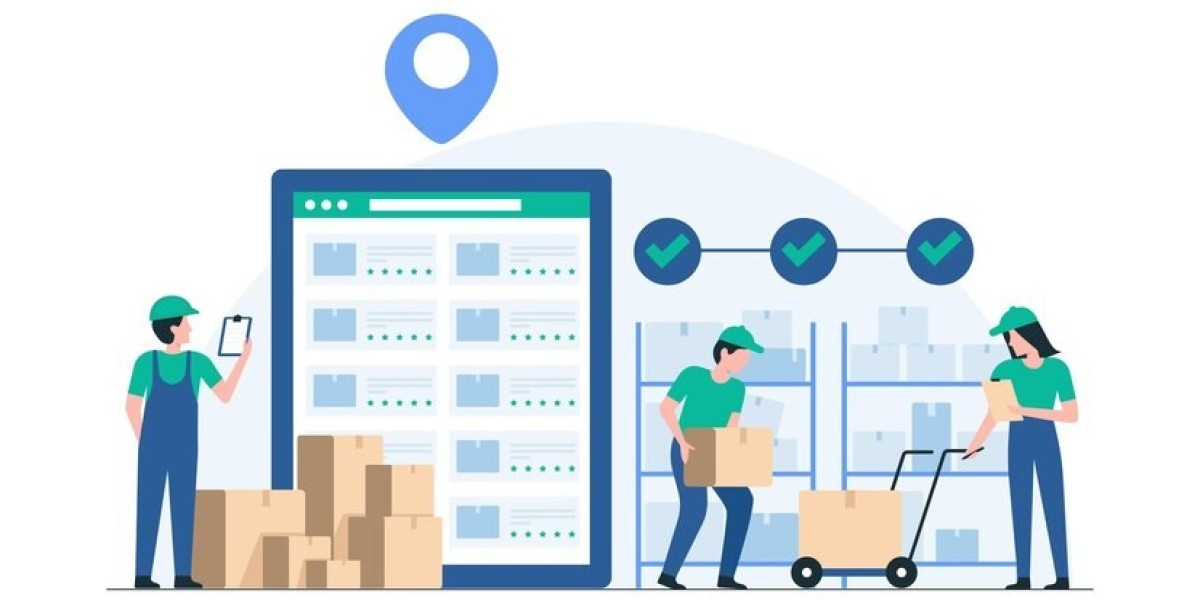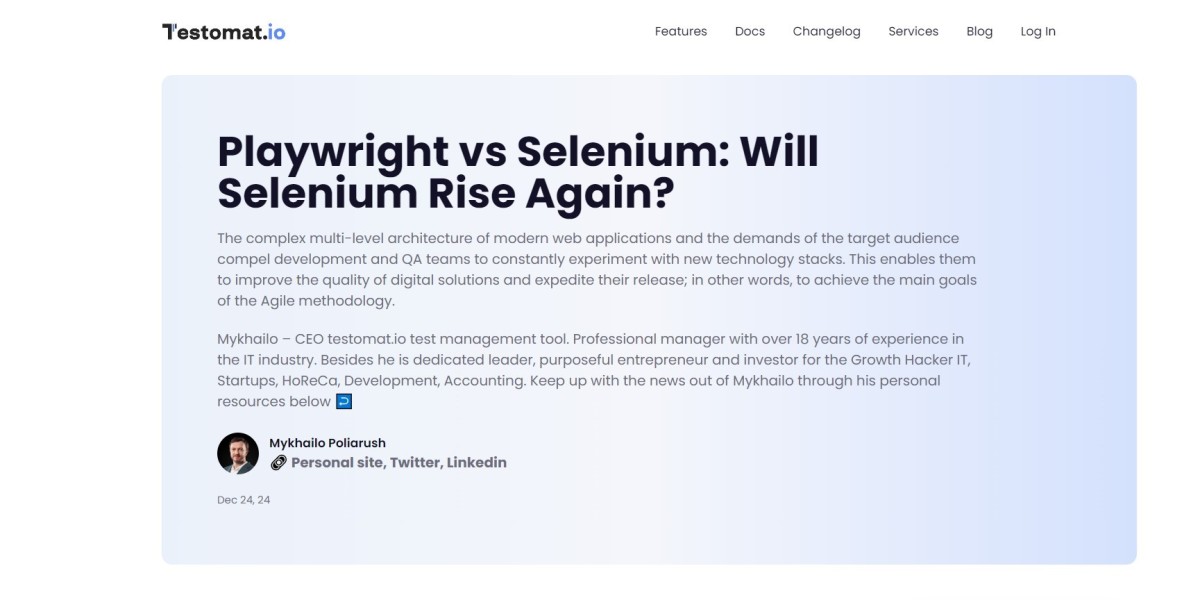Inventory management is the lifeblood of any business dealing with physical products. Whether you're running a retail store, an e-commerce business, or a large-scale supply chain, inventory efficiency is crucial. Yet, businesses often struggle with stock shortages, overstocking, inaccurate data, and delayed shipments, all of which can disrupt operations and negatively impact revenue.
Fortunately, the right solutions for inventory management can streamline processes, reduce inefficiencies, and improve overall profitability. By leveraging automation, AI-driven forecasting, and real-time tracking tools like thouSense, businesses can eliminate common inventory challenges and ensure seamless operations.
In this blog, we’ll explore the biggest inventory management challenges and practical solutions to address them efficiently.
Common Inventory Management Challenges
Stockouts and Overstocking
One of the most pressing issues in inventory management is striking the right balance between supply and demand. If stock levels are too low, customers face out-of-stock messages, leading to lost sales and dissatisfaction. On the other hand, excess stock takes up storage space, ties up cash flow, and increases the risk of unsold inventory becoming obsolete.
A lack of real-time data and poor demand forecasting are the primary causes of stock fluctuations. Businesses that rely on manual tracking often find themselves over-ordering or under-ordering inventory, creating a cycle of inefficiency.
Inaccurate Inventory Tracking
Inventory discrepancies can wreak havoc on business operations. If stock levels reported in the system do not match the actual count, it can lead to misinformed purchasing decisions, unexpected shortages, and delays in fulfilling customer orders.
This problem is particularly common in businesses that still rely on spreadsheets or outdated tracking methods. Without real-time updates, inventory accuracy suffers, resulting in wasted time and resources.
Supplier and Logistics Delays
Inventory management isn’t just about internal stock tracking—it also depends on the efficiency of suppliers and logistics partners. Late deliveries, inconsistent restocking schedules, and unreliable vendors can cause disruptions in the supply chain.
A lack of visibility into supplier lead times can result in delays, forcing businesses to scramble for last-minute stock adjustments. Without proper coordination, these disruptions impact customer satisfaction and business continuity.
High Storage and Holding Costs
Businesses that fail to optimize inventory storage often end up with high holding costs. Excess inventory takes up valuable warehouse space, leading to additional costs for rent, utilities, and insurance. For businesses dealing with perishable goods, improper stock management can also lead to spoilage, increasing financial losses.
Poor Demand Forecasting
Accurate demand forecasting is key to preventing inventory mismanagement. Many businesses make the mistake of relying on guesswork rather than data-driven insights to plan their stock levels. This often results in over-purchasing slow-moving products or failing to stock up on high-demand items, causing revenue losses.
Smart Solutions for Efficient Inventory Management
Implement Real-Time Inventory Tracking
One of the most effective solutions for inventory management is real-time tracking. Instead of relying on periodic manual stock checks, businesses should invest in automated tracking systems that provide live updates on inventory levels.
Real-time inventory tracking ensures businesses always have an accurate view of stock movement, preventing discrepancies and reducing errors. Advanced solutions like thouSense offer real-time visibility, allowing businesses to make data-driven decisions and improve operational efficiency.
Leverage AI-Powered Demand Forecasting
AI-driven forecasting tools analyze historical sales data, seasonal trends, and market fluctuations to predict future demand accurately. This ensures businesses maintain optimal stock levels, reducing the risk of overstocking or stockouts.
thouSense uses machine learning algorithms to identify purchasing patterns and provide actionable insights, enabling businesses to plan inventory purchases more effectively.
Automate Reordering and Restocking
Manual inventory replenishment is prone to human error. Businesses should adopt automated reorder systems that trigger restocking when stock reaches a set threshold.
With automation, companies can ensure they never run out of high-demand products while avoiding unnecessary over-purchasing. thouSense integrates automated inventory management features that streamline restocking processes and reduce inefficiencies.
Improve Supplier Coordination
Effective supplier management is crucial for seamless inventory flow. Businesses should establish clear communication with vendors, negotiate better lead times, and have contingency plans in place for supply chain disruptions.
By integrating inventory management solutions like thouSense, businesses can monitor supplier performance, track lead times, and anticipate delays, ensuring smooth restocking processes.
Optimize Warehouse Space and Reduce Storage Costs
Efficient warehouse organization is key to minimizing holding costs. Businesses should implement lean inventory principles, ensuring that only essential stock is stored.
Using predictive analytics and automated storage solutions helps companies allocate space more effectively, reducing excess stock and minimizing warehouse expenses. thouSense provides warehouse optimization features that improve space utilization and streamline stock handling.
Implement Barcode and RFID Technology
Barcode and RFID systems enhance inventory accuracy by automating stock tracking. Instead of relying on manual entry, businesses can use scanning technology to track product movement, reducing the risk of human errors.
These technologies provide real-time data on inventory levels, making stock audits quicker and more accurate. Businesses that use RFID tracking experience improved inventory visibility, faster stock retrieval, and smoother order fulfillment.
Integrate Inventory Management with Other Business Systems
A fragmented inventory system leads to inefficiencies across departments. Businesses should ensure seamless integration between inventory management software and other business tools like accounting, sales, and supply chain platforms.
thouSense offers multi-platform integration, allowing businesses to synchronize inventory data with other business functions. This improves decision-making, enhances financial planning, and ensures all departments have access to accurate inventory insights.
How thouSense Can Transform Inventory Management
Accurate Data-Driven Insights
thouSense provides businesses with real-time inventory data, helping them maintain stock accuracy, prevent shortages, and optimize purchasing decisions.
AI-Powered Demand Forecasting
By analyzing past sales trends and market fluctuations, thouSense enables businesses to predict demand with greater accuracy, minimizing stock imbalances.
Seamless Automation for Greater Efficiency
Manual inventory tracking is time-consuming and error-prone. thouSense automates stock updates, reorder notifications, and supplier management, allowing businesses to focus on growth instead of logistics.
Improved Supply Chain Visibility
With built-in supplier tracking features, thouSense enhances coordination between businesses and their vendors, reducing lead times and ensuring timely restocking.
Conclusion
Inventory challenges can significantly impact business performance, but with the right solutions for inventory management, companies can overcome inefficiencies and optimize operations.
By implementing real-time tracking, AI-powered forecasting, automation, and seamless integrations, businesses can improve stock accuracy, reduce costs, and enhance customer satisfaction. thouSense offers a comprehensive approach to inventory management, empowering businesses to make smarter decisions and scale effectively.
FAQs
1. What are the biggest inventory management challenges?
Common challenges include stockouts, overstocking, inaccurate tracking, high storage costs, and supplier delays.
2. How does AI-powered forecasting improve inventory management?
AI-driven forecasting predicts future demand based on historical data and market trends, helping businesses maintain optimal stock levels.
3. What are the benefits of real-time inventory tracking?
Real-time tracking provides accurate stock visibility, prevents discrepancies, and ensures businesses always have the right inventory levels.
4. How does automation help in inventory management?
Automation reduces human errors, streamlines restocking, and ensures efficient order fulfillment, improving overall efficiency.
5. How does thouSense enhance inventory management?
thouSense provides real-time tracking, demand forecasting, automation, and supplier coordination to optimize inventory operations and reduce costs.
Explore our AI-based SaaS platform to predict sales volume and demand trends. To know more, visit: https://thousense.ai/pricing
Source: https://diigo.com/0yrxr7



